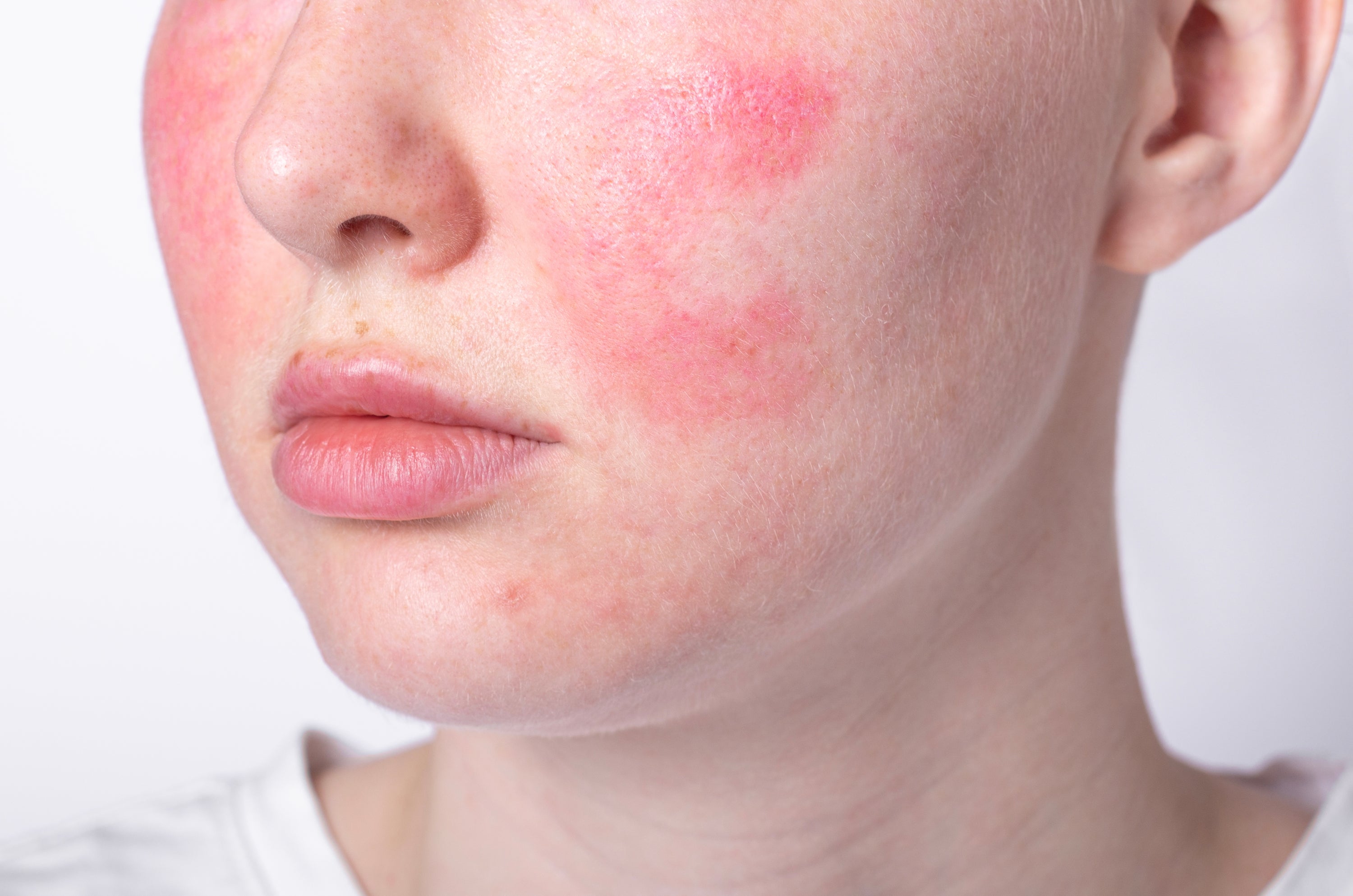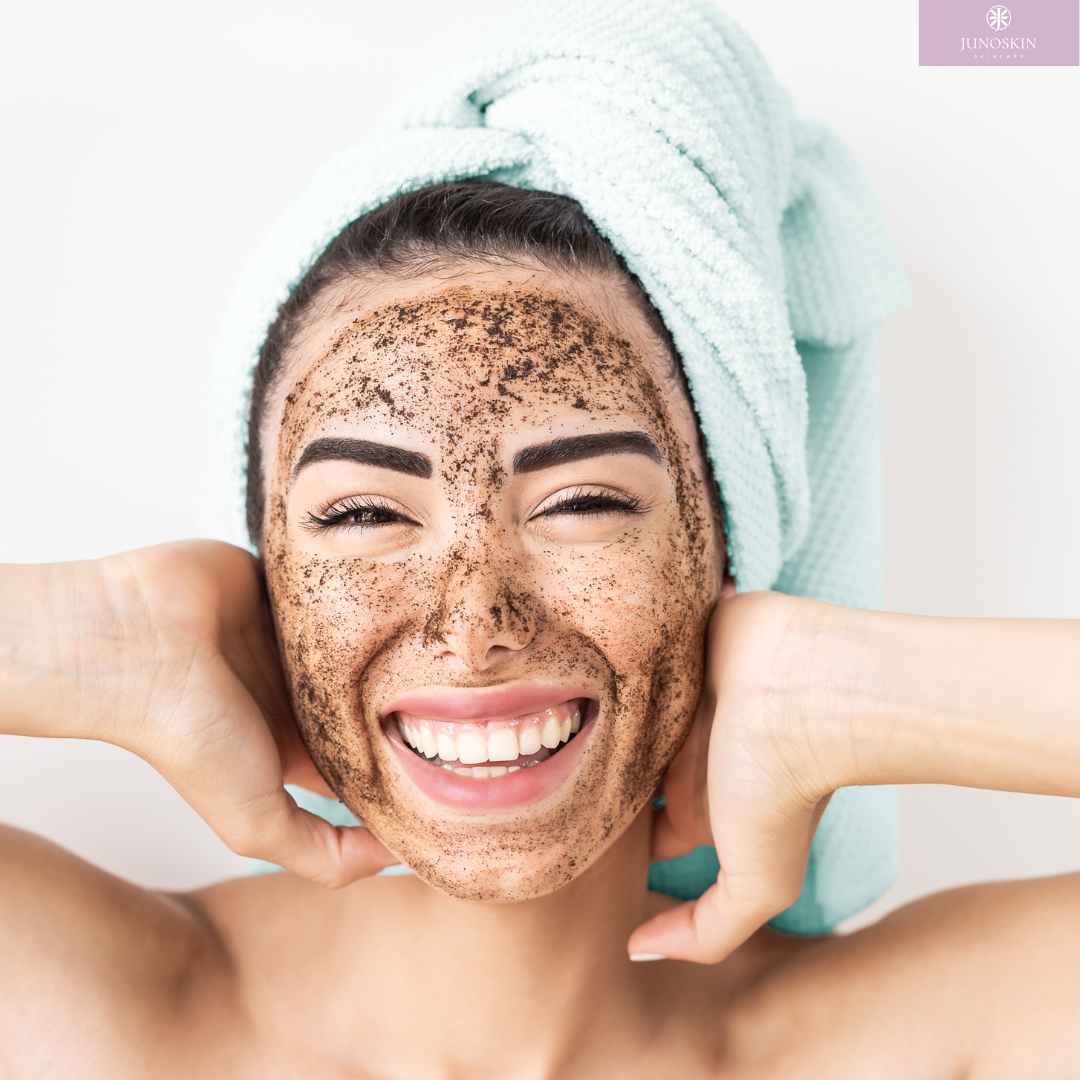Rosacea is a chronic inflammatory skin condition characterised by its hallmark feature of persistent facial redness, often accompanied by transient recurrent erythema (flushing), visible blood vessels (telangiectasia), and inflammatory papules and pustules. It predominantly affects the central face, including the cheeks, nose, chin, and central forehead. In more severe cases, it can lead to phymatous changes, characterised by thickening of the skin and enlargement of sebaceous glands, particularly evident on the nose (known as rhinophyma). While rosacea typically presents after the age of 30, it can manifest at any age, including childhood, although it becomes more prevalent with advancing age.
The clinical presentation of rosacea can vary widely among individuals and may fluctuate over time. Some patients may experience periods of exacerbation, marked by increased redness, flushing, and inflammatory lesions, followed by periods of remission where symptoms improve or resolve partially. The exact cause of rosacea remains elusive, but multiple factors contribute to its pathogenesis, including genetic predisposition, alterations in the skin microbiome, dysregulation of the immune system, and environmental triggers.
Several environmental triggers have been identified, which can exacerbate symptoms and lead to flare-ups in susceptible individuals. These triggers include exposure to ultraviolet (UV) radiation from sunlight, extremes of temperature (hot baths or cold weather), emotional stress, spicy foods, alcohol consumption, certain medications (such as vasodilators and topical steroids), and exposure to harsh skincare products. Additionally, there is growing evidence implicating neurovascular and neuroimmune mechanisms in the pathophysiology of rosacea, involving interactions between the nervous system, immune cells, and blood vessels in the skin.
Management of rosacea aims to control symptoms, prevent disease progression, and improve quality of life. Treatment strategies encompass a combination of lifestyle modifications, skincare practices, medical therapies, and procedural interventions tailored to the individual patient's needs and severity of their condition. Lifestyle modifications may include identifying and avoiding triggers, practicing sun protection measures, adopting gentle skincare routines, and minimising exposure to environmental factors known to exacerbate symptoms.
Topical and oral medications are commonly prescribed to reduce inflammation, alleviate redness, and suppress papulopustular lesions. These may include topical agents such as metronidazole, azelaic acid, ivermectin, and brimonidine, as well as oral antibiotics like doxycycline, minocycline, and isotretinoin. In refractory cases or those with significant phymatous changes, procedural interventions such as laser therapy, intense pulsed light (IPL), and surgical excision may be warranted to address vascular lesions, erythema, and tissue hypertrophy.





